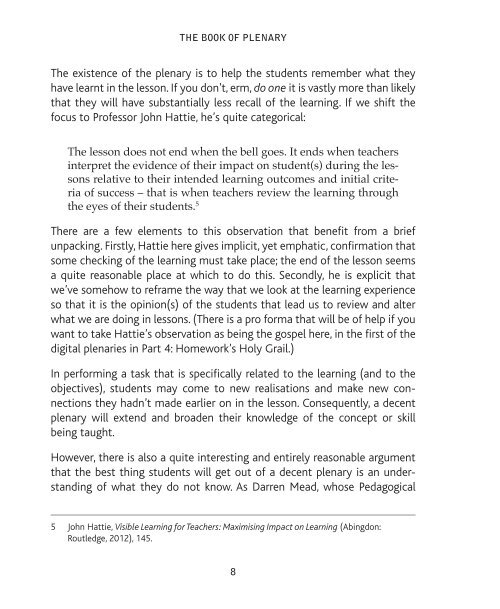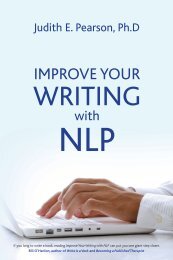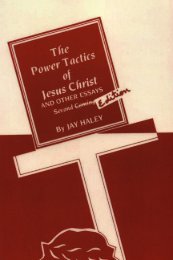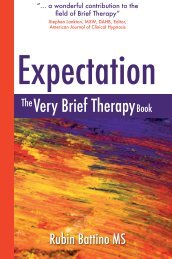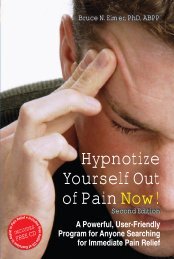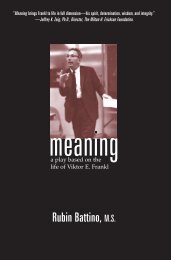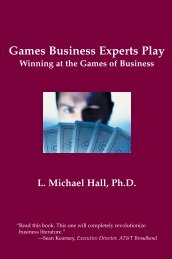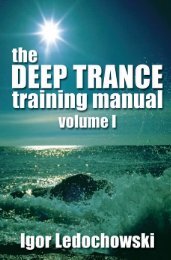Plenary
Look Inside - Crown House Publishing.
Look Inside - Crown House Publishing.
- No tags were found...
You also want an ePaper? Increase the reach of your titles
YUMPU automatically turns print PDFs into web optimized ePapers that Google loves.
The Book of PLenaryThe existence of the plenary is to help the students remember what theyhave learnt in the lesson. If you don’t, erm, do one it is vastly more than likelythat they will have substantially less recall of the learning. If we shift thefocus to Professor John Hattie, he’s quite categorical:The lesson does not end when the bell goes. It ends when teachersinterpret the evidence of their impact on student(s) during the lessonsrelative to their intended learning outcomes and initial criteriaof success – that is when teachers review the learning throughthe eyes of their students. 5There are a few elements to this observation that benefit from a briefunpacking. Firstly, Hattie here gives implicit, yet emphatic, confirmation thatsome checking of the learning must take place; the end of the lesson seemsa quite reasonable place at which to do this. Secondly, he is explicit thatwe’ve somehow to reframe the way that we look at the learning experienceso that it is the opinion(s) of the students that lead us to review and alterwhat we are doing in lessons. (There is a pro forma that will be of help if youwant to take Hattie’s observation as being the gospel here, in the first of thedigital plenaries in Part 4: Homework’s Holy Grail.)In performing a task that is specifically related to the learning (and to theobjectives), students may come to new realisations and make new connectionsthey hadn’t made earlier on in the lesson. Consequently, a decentplenary will extend and broaden their knowledge of the concept or skillbeing taught.However, there is also a quite interesting and entirely reasonable argumentthat the best thing students will get out of a decent plenary is an understandingof what they do not know. As Darren Mead, whose Pedagogical5 John Hattie, Visible Learning for Teachers: Maximising Impact on Learning (Abingdon:Routledge, 2012), 145.8


